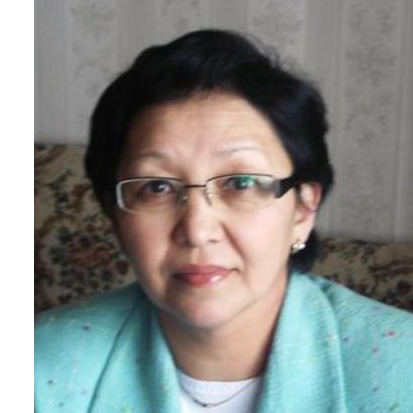Numerical simulation of the flow around a wind wheel with rotating cylindrical blades.
DOI:
https://doi.org/10.31489/2021No1/51-56Keywords:
wind wheel, ANSYS, rotating cylinder, mathematical model, moment of forces.Abstract
The article discusses the results of numerical simulation of the flow around a wind wheel with blades in the form of rotating cylinders using the software package ANSYS. The advantage of a wind turbine with rotating cylindrical blades in comparison with traditional blade installations is the starting moment and the beginning of energy production at a wind speed of (2 - 3) m/s. A mathematical model has been developed based on three-dimensional Navier-Stokes equations in a rotating system. The corresponding boundary conditions are formulated. A calculated pattern of the flow around the wind wheel with rotating cylindrical blade is obtained. There are shown regions of the velocity field with turbulent vortices, which are formed at high Reynolds numbers. The degree of influence of the angular speed of rotation of the wind wheel on the magnitude of the moment of forces at various speeds of the incoming air flow has been determined.
References
"1 Shedlovskii I. A. Experimental study of a multi-blade wind wheel model. Tekhn. Mekhanіka. 2017, No. 2, pp. 61 – 72. [in Russian]
Bychkov N.M., Dovgal A.V., Kozlov V.V. Magnus wind turbines as an alternative to the blade ones. Journal of Physics: Conference Series. 2007, Vol. 75, pp. 012004.
Isaev S.A., Baranov P.A., Kudriavtsev N.A., Zhukova Iu.V. Numerical simulation of unsteady heat exchange at a turbulent flow around a circular cylinder. Part 1. Methodic study. Thermophysics and Aeromechanics. 2005, Vol.12, No.1, pp. 27-38.
Marzuki O.F., Mohd Rafie A.S., Romli F.I., et al. An overview of horizontal-axis Magnus wind turbines. AEROTECH VII - Sustainability in Aerospace Engineering and Technology. Proceeding of the IOP Conf. Series: Materials Science and Engineering. 2018, Vol. 405, pp. 012011.
Bobkov V. G., Bondarev A.E., Zhukov V. T., Manukovskii K.V., Novikova N.D., Feodoritova O. B. Numerical simulation of dynamics of vertical-axis wind turbines. Preprint. The Keldysh Institute of Applied Mathematics of the RAS. 2019, No. 119, 25 p. doi:10.20948/prepr-2019-119 [in Russian]
Obukhov S.G. A method for modeling the mechanical characteristics of low-power wind turbines. Alternative energy and ecology. 2011, No. 1(93), pp. 12 – 17.
Lee K.-J., Yang H.-D., Park S.-H., et al. Characteristics of Mechanical and Electrical Power Transmission for Small-Scaled Wind Turbine. World Journal of Engineering and Technology. 2016, Vol.4, No. 3D, October 2016. DOI: 10.4236/wjet.2016.43D011 .
Singh M., Santoso S. Dynamic Models for Wind Turbines and Wind Power Plants. National Renewable Energy Laboratory. Texas, University of Texas at Austin, 2011, 115 p.
ANSYS Fluent software. Available at: www.ansys.com/products/fluids/ansys-fluent
Computer modeling of 3D-models of aviation equipment and engineering calculations. Available at: www.ipm ce.ru/custom/vsop/themes/3dmodel/
Kussaiynov К., Sakipova S.E., Tanasheva N.K., Kambarova Zh.T., et al. Wind turbine based on the Magnus effect. Innovative patent No. 30462. Publ. 23.09.2015, 7 p.
Sakipova S.E., Tanasheva N.K., Minkov L.L. Modeling aerodynamics of a wind turbine with cylindrical blades in a turbulent air flow. Eurasian Physical Technical Journal. Karaganda, 2020, Vol.17, No. 1(33), pp. 106 -112.
Moon J.S., Manuel L. Toward understanding waked flow fields behind a wind turbine using proper orthogonal decomposition. Journal of Renewable and Sustainable Energy. 2012, Vol. 13, pp. 023302; doi.org/10.1063/5.0035751
"















